The Neural Hierarchy and the Stroke Survivor
“We have a brain for one reason and one reason only, and that’s to produce adaptable and complex movements.” This quote may come as a surprise. As we are often only concerned with our client’s muscles, joint, lungs, and hearts. The reality is that all training is brain training, we just don’t think of it that way.

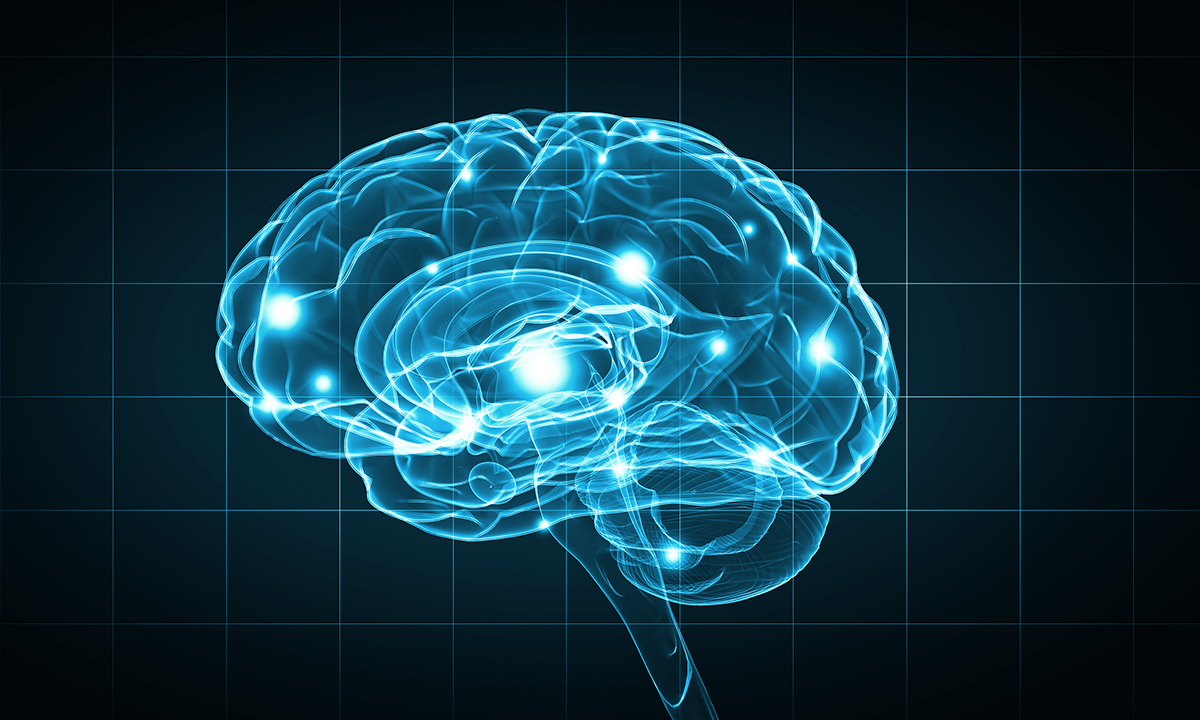
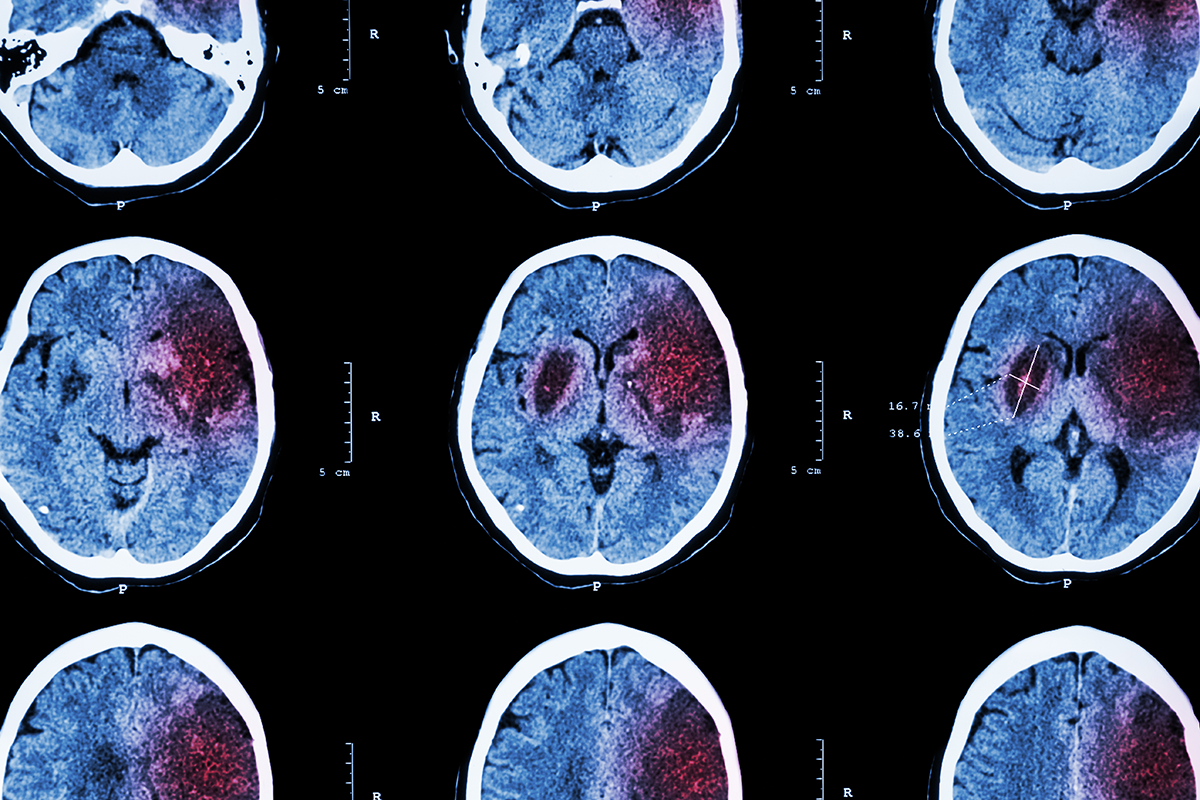

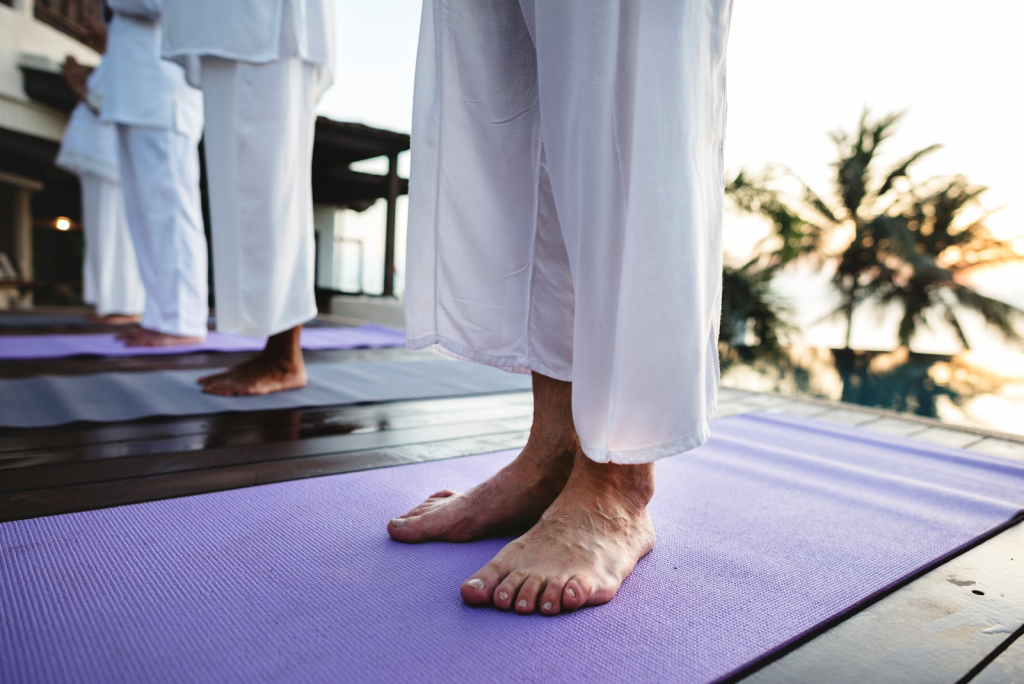
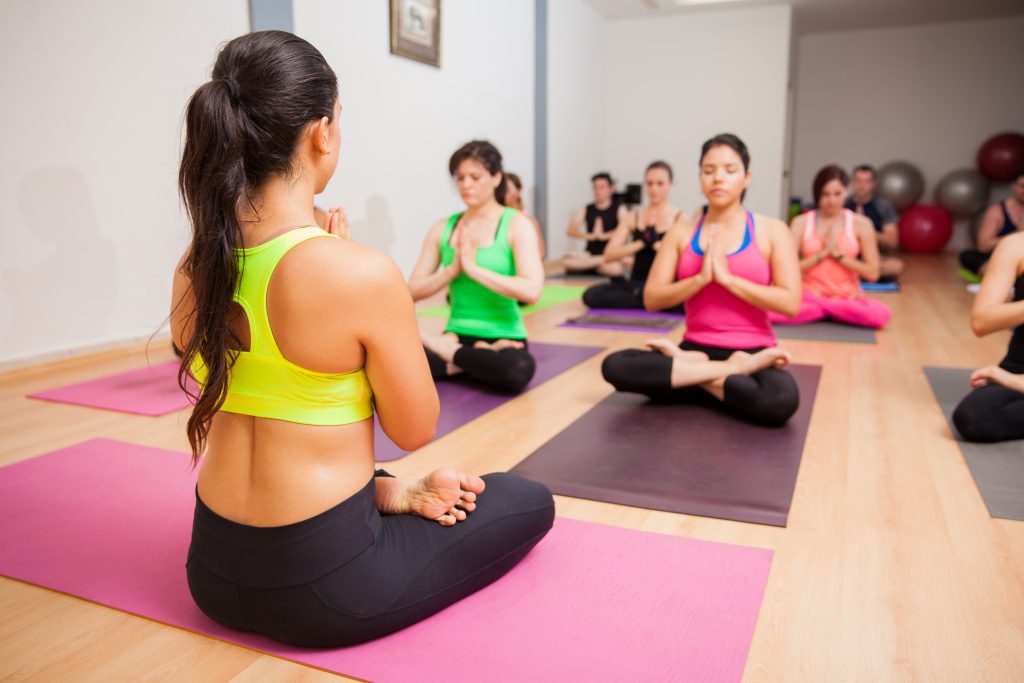
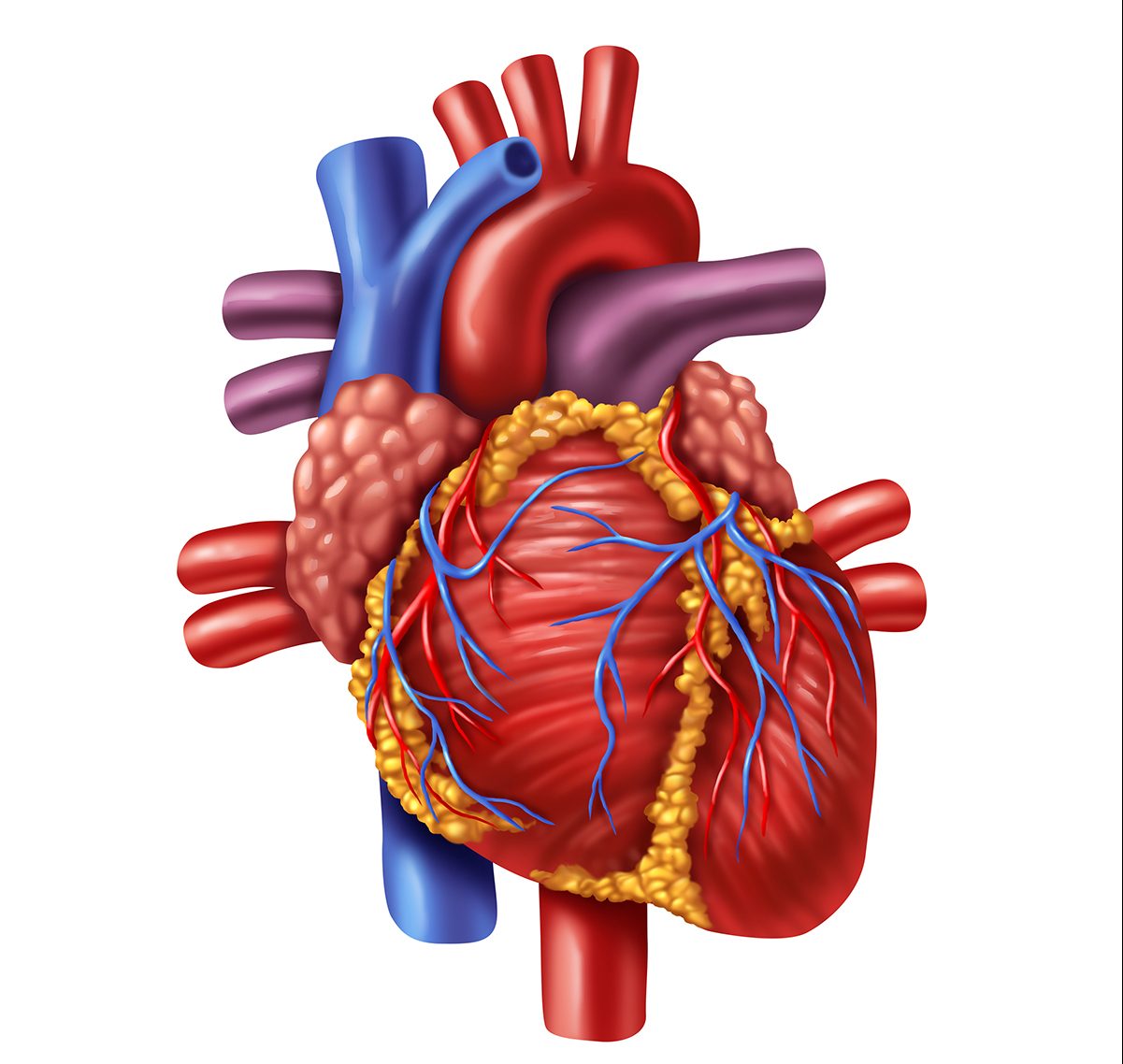
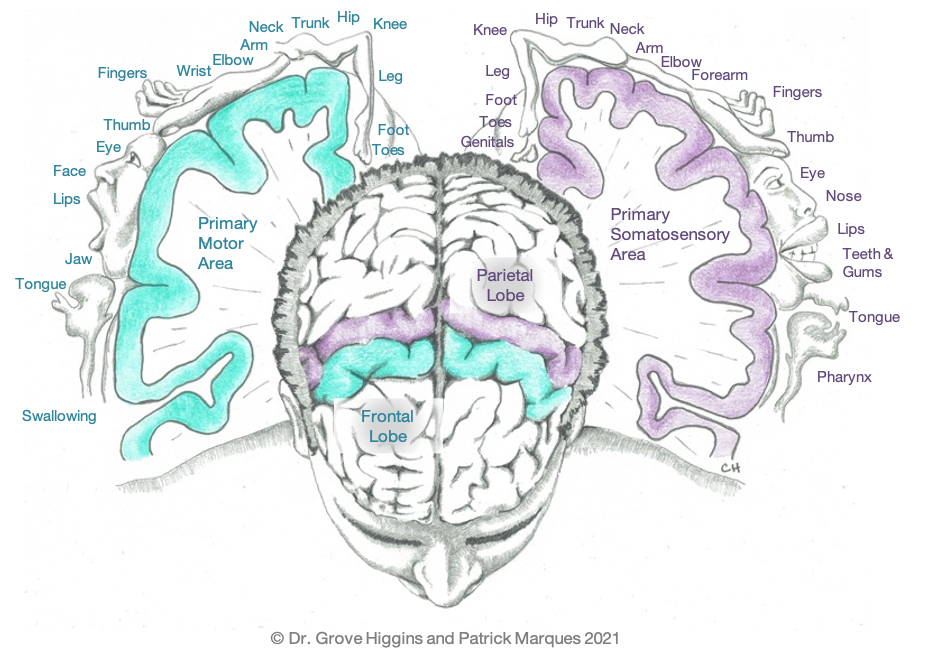
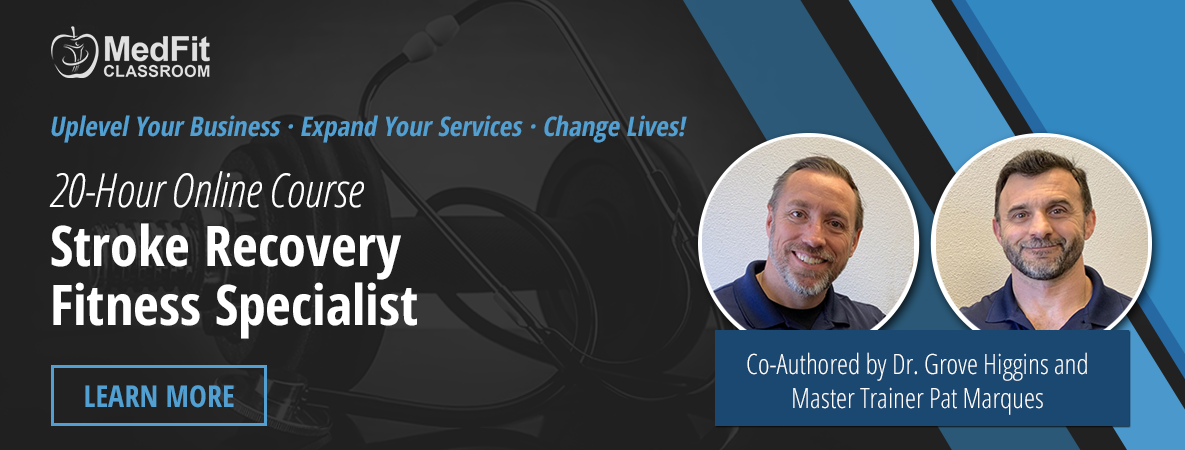
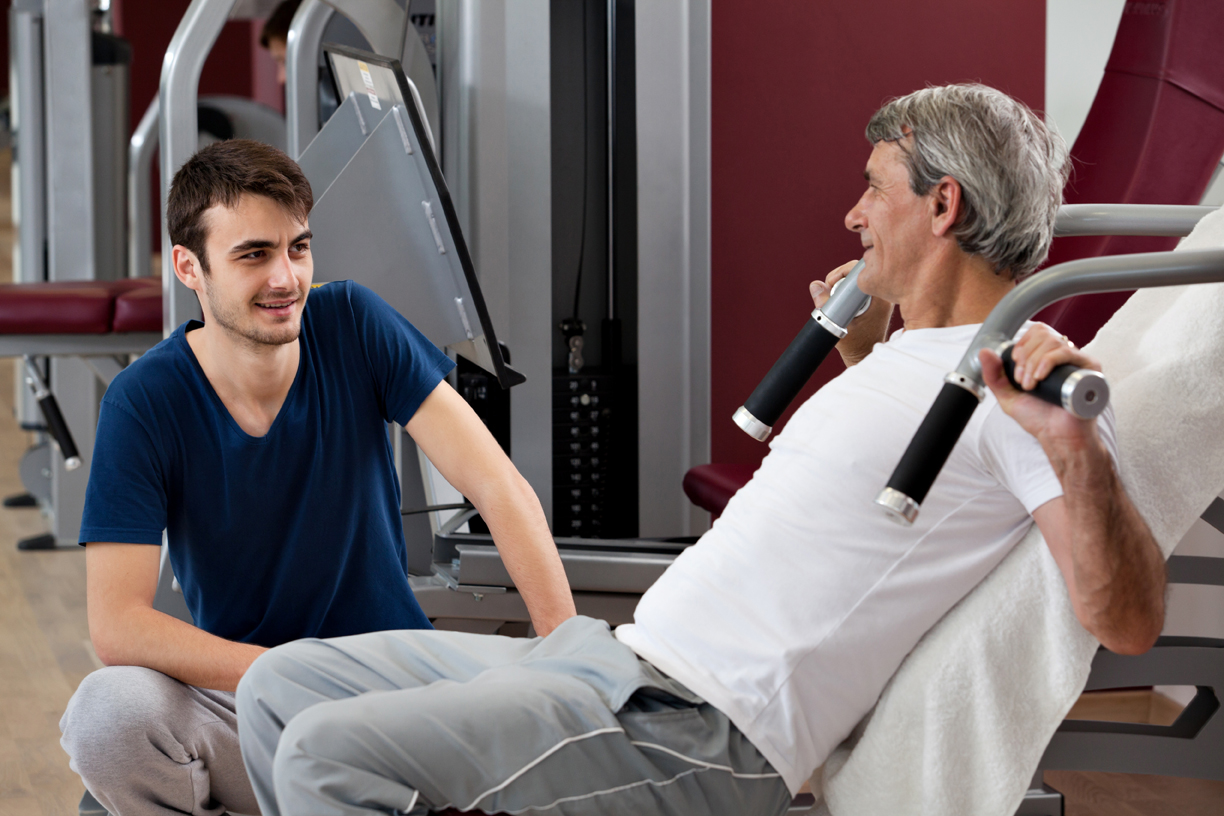
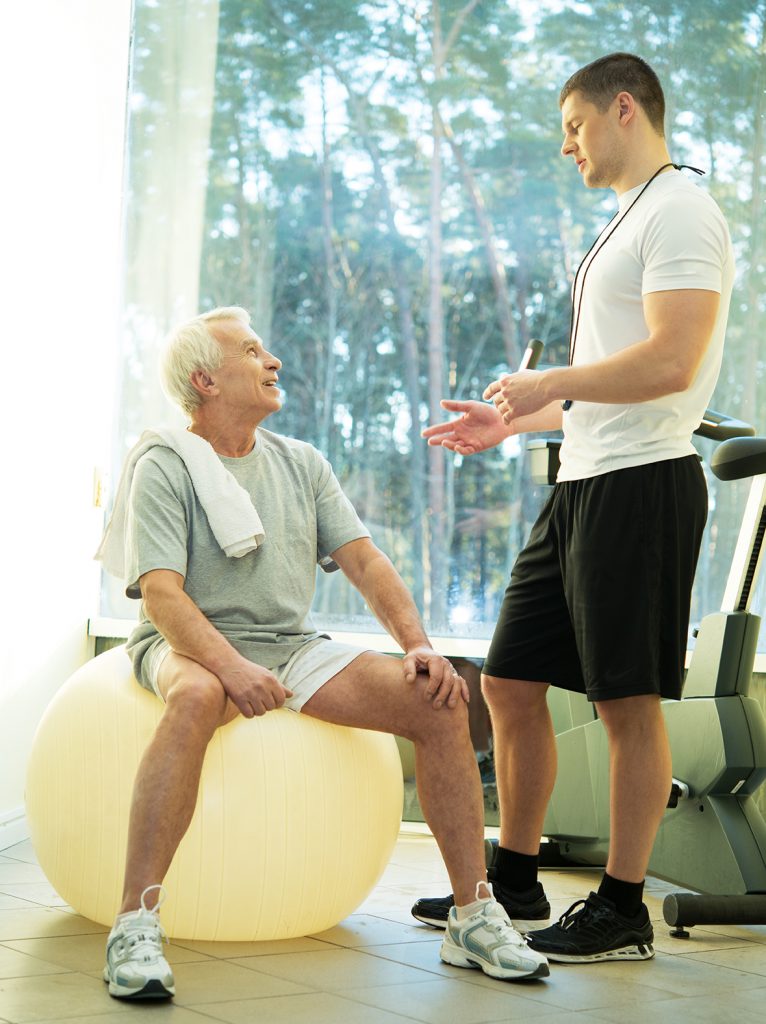 What types of medications are they on? Calcium Channel Blockers, blood thinners (Coumadin)? These may have an effect on the intensity and type of exercise performed. You know that people who have A-fib are at increased risk for strokes, and may have hypertension and get dizzy more often. The medications – while they may help with some factors – may preclude a well-designed exercise program just because they may not tolerate some types of exercise.
What types of medications are they on? Calcium Channel Blockers, blood thinners (Coumadin)? These may have an effect on the intensity and type of exercise performed. You know that people who have A-fib are at increased risk for strokes, and may have hypertension and get dizzy more often. The medications – while they may help with some factors – may preclude a well-designed exercise program just because they may not tolerate some types of exercise.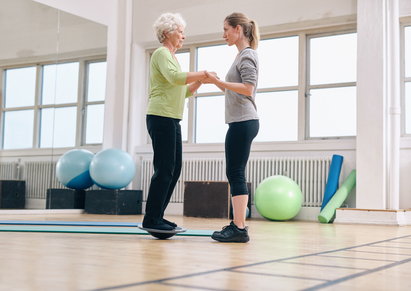
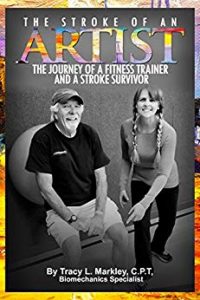 I have been asked by stroke survivors and caregivers worldwide for help. After I published my first book in 2017,
I have been asked by stroke survivors and caregivers worldwide for help. After I published my first book in 2017, 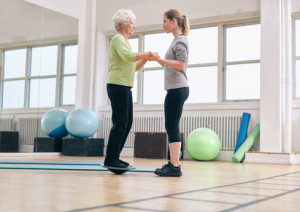 So, to all fitness professionals and therapists…
So, to all fitness professionals and therapists…
 I am honored that she reached out to me. I am still in “ahh”, by the whole experience. Often stroke survivors and their caregivers do not find the help needed to further their recovery after physical therapy ends. Unfortunately, some survivors do not even get good physical therapy in the crucial, early stages in recovery, when it is essentially needed. She shared with me some not so good experiences she and her husband had faced, like many others I have spoken with.
I am honored that she reached out to me. I am still in “ahh”, by the whole experience. Often stroke survivors and their caregivers do not find the help needed to further their recovery after physical therapy ends. Unfortunately, some survivors do not even get good physical therapy in the crucial, early stages in recovery, when it is essentially needed. She shared with me some not so good experiences she and her husband had faced, like many others I have spoken with.